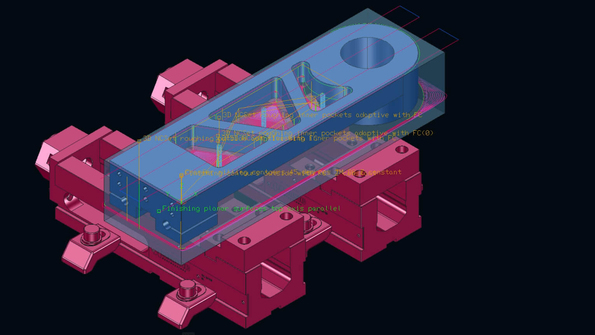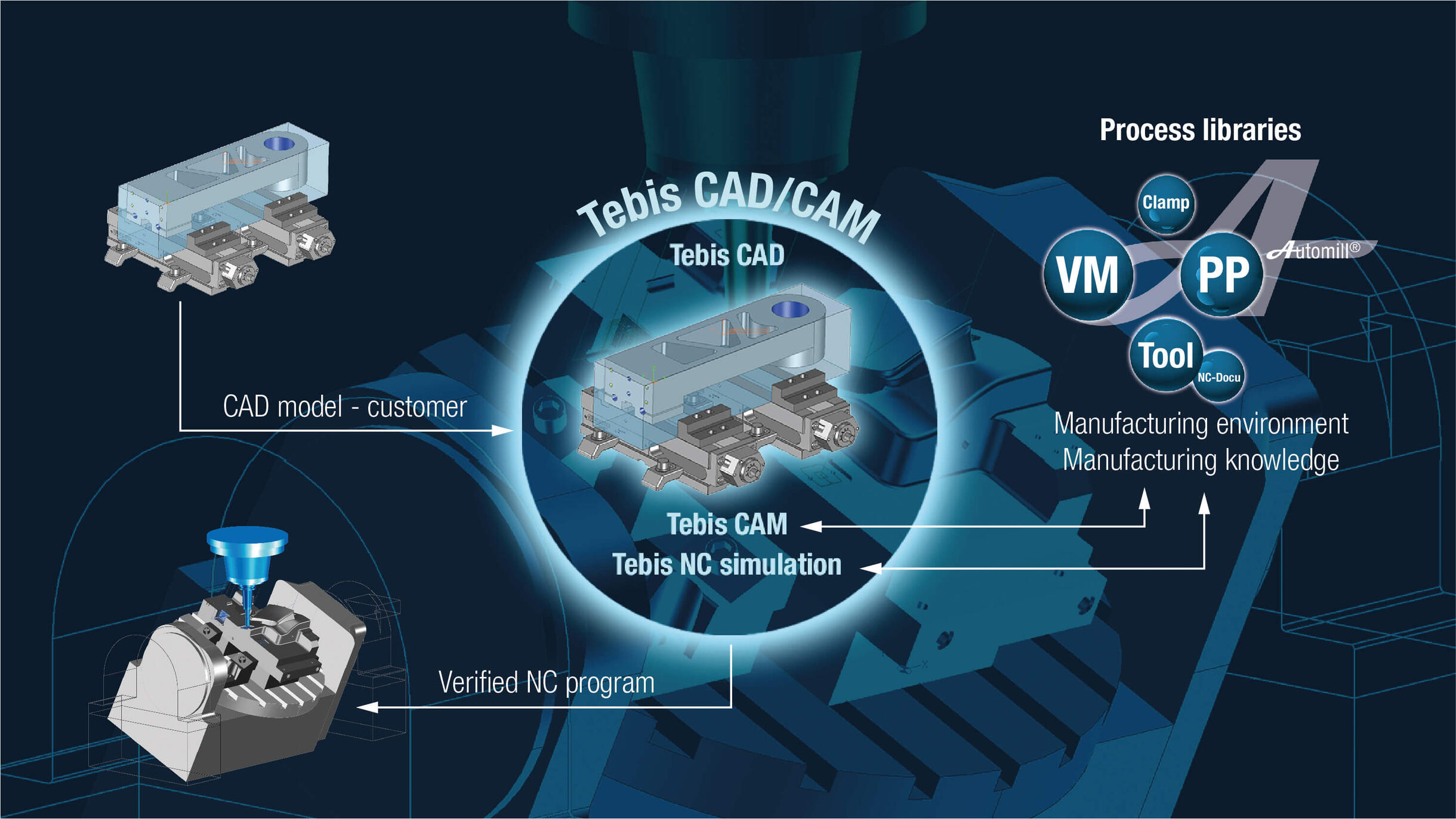How production machining experts manufacture up to 95 percent faster
Seven stations in the manufacturing process that can be quickly and easily automated with an end-to-end CAD/CAM software application
How CAD/CAM automation can be scaled, and what pays off the most
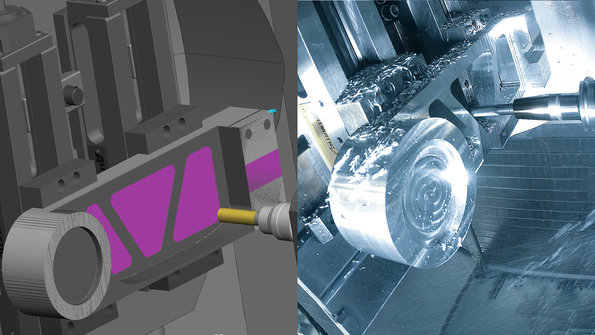
Simply automating machines isn’t enoughPreviously, machine automation was considered a guarantee of productivity. Today a 5-axis CNC milling machine can machine workpieces extremely quickly. They can be implemented so skillfully that hardly any residual stock remains. Production machining has therefore become increasingly productive. But this is no longer enough to remain competitive over the long term. Starting now, the focus needs to be on process automation in order to improve manufacturing efficiency.
Manufacture faster with smooth subprocesses
What’s has often been overlooked in the past: The machine is only the final manufacturing station for a workpiece. It’s already passed through up to six process stations in digital form on its journey from design to machine. Because they’re are all working towards manufacturing by machining, this is precisely where modern automation solutions are implemented. Their measures sequentially address the entire process chain in a production machining company. The result: an optimally controlled and stable process with a perfectly coordinated sequence of predefined standards. The first standard in a manufacturing series would be the clustering of parts according to similarities in part classes or families, for example. Efficiency improvements therefore have a direct impact on downstream processes from the first station – with hardly any effort involved.
An intelligent part controls its own route through the ideal CAD/CAM process
This can be gone over for the specific example of a digital CAD model of a workpiece. Because all process stations have something in common: They work on and with the CAD model. It’s therefore predestined to intelligently maneuver its way through the process. The practical example highlights the efficiency potential in all stations and illustrates the contribution of an end-to-end CAD/CAM system.
You should automate these seven process stations
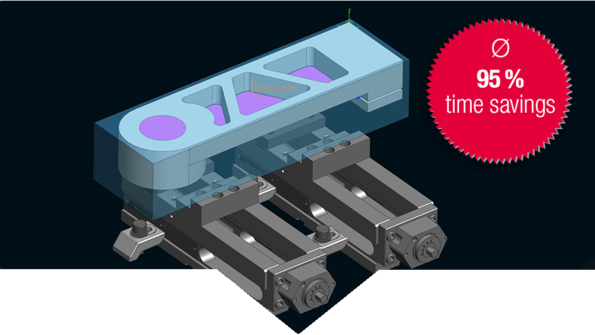
Station 1 – CAD data preparationData preparation starts with importing the CAD data into the CAD/CAM system. All repetitive data preparation tasks are stored there in CAD templates. Templates can be extended as desired, they can be individually configured and they allow manual intervention. All the user needs to do is select the part and define the machining direction. The system automatically performs data preparation and provides the blank, extensions, cover surface, zero point, clamping situation and more. In his blog post, Christian Maier explains in detail how data preparation can be accelerated with CAD templates.
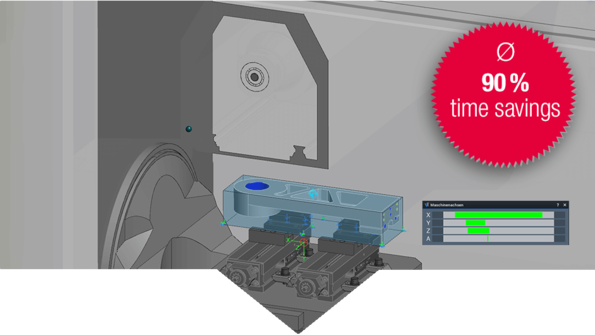
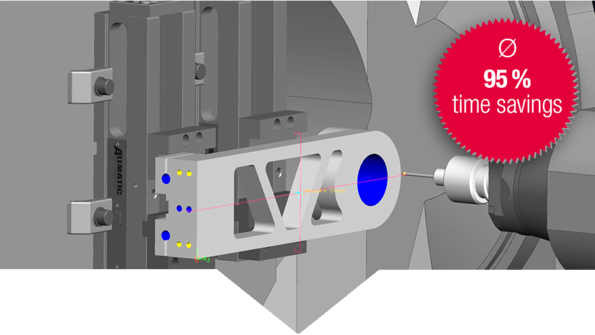
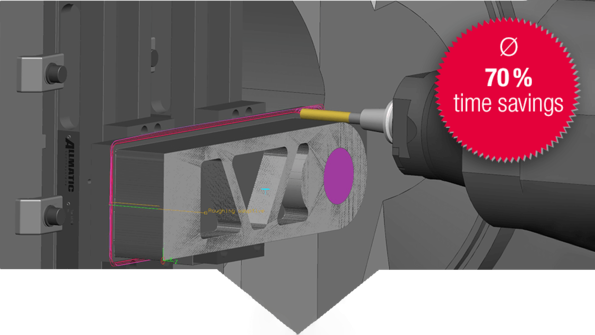
The software accesses libraries where users store proven manufacturing sequences. This means that over time, the production machinist is storing their internal manufacturing knowledge in standardized digital templates. The Job Manager template is generated at the click of a button, including NC-programs and toolpaths. No extra effort is needed, because the job is deactivated if the software doesn't find any milling areas for contact surfaces.
BONUS: While the calculation runs in the background, the user is already working on another part. The result is safe, because an integral NC simulation checks the NC programs for collisions. It verifies the control information right in the CAD/CAM system.
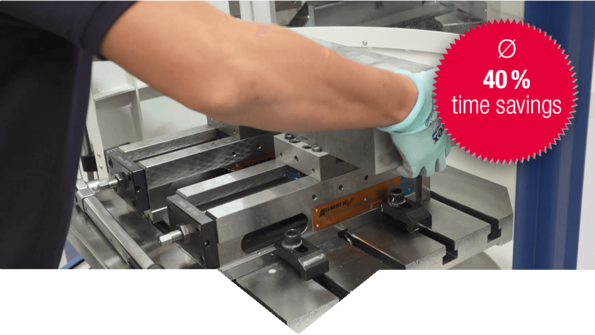
- The setup position is defined
- All clamping devices and tools are specified
- Measuring points are defined
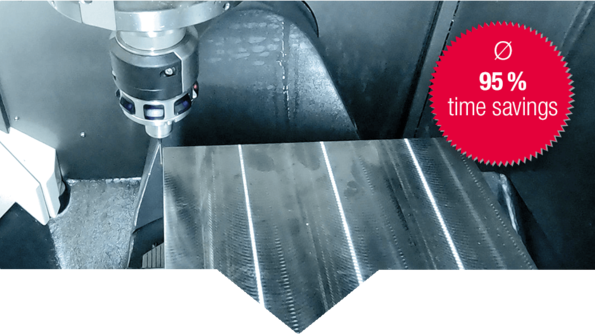
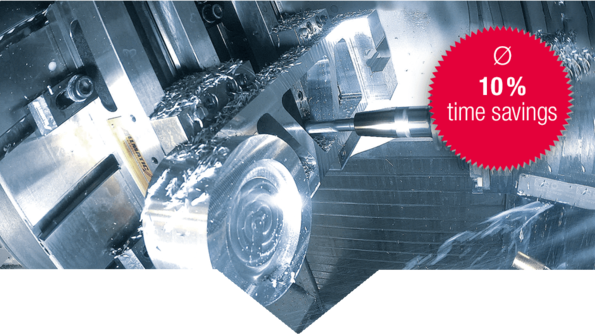
This is followed by integral quality checking originating in the NC programming. The machine independently reacts to measurement results and automatically processes correction iterations – without tying up resources and with documented measurement results.
Make optimal use of resources more easily
A service partner for scalable implementation
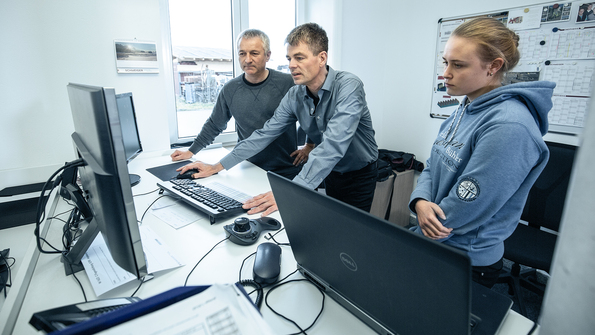
Production machining manufacturing is already more efficient with automated machines and methods. Production machining manufacturing is already more efficient with automated machines and methods. Another promising prerequisite for manufacturing more efficiently right from the start is the use of part classes or families. This is because parts that are clustered based on similarities follow the same route through CAD, CAM and manufacturing with only minor deviations.
But pressing day-to-day business often limits the implementation of solutions that are viable for the future. In this case, you need a service partner and process supplier who provides you with the necessary flexibility and maximum efficiency through scalable approaches. Process automation in production machining offers up to 95 percent greater efficiency. Scalable automation as a managed service makes this financially accessible for SMMs.
Automation is the future
Automation is essential for future viability. Some associate this with the fear of losing their jobs. But: Automation always has its limits. Especially when movement sequences are too complex and protracted or workpieces are too customized. Then human abilities like creativity, flexibility and logical reasoning are needed for making quick decisions.
And beyond that: With scalable automation as a managed service, Tebis supports you and your employees in getting started in process automation and developing it for your specific requirements. This offers valuable opportunities for personnel to expand their knowledge of CAD/CAM automation and adapt their tasks to change. As an experienced service partner and process provider in the industry, we know the value of each individual employee.



